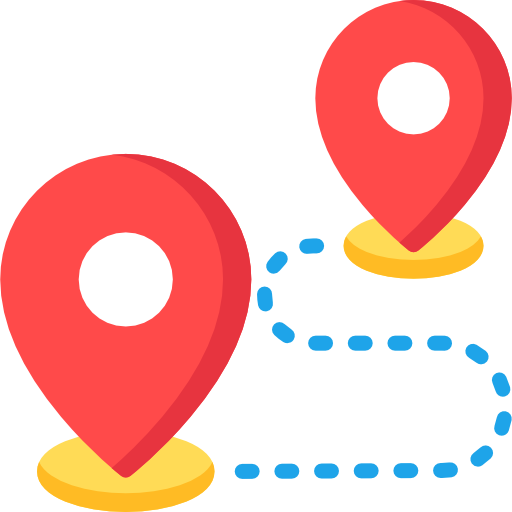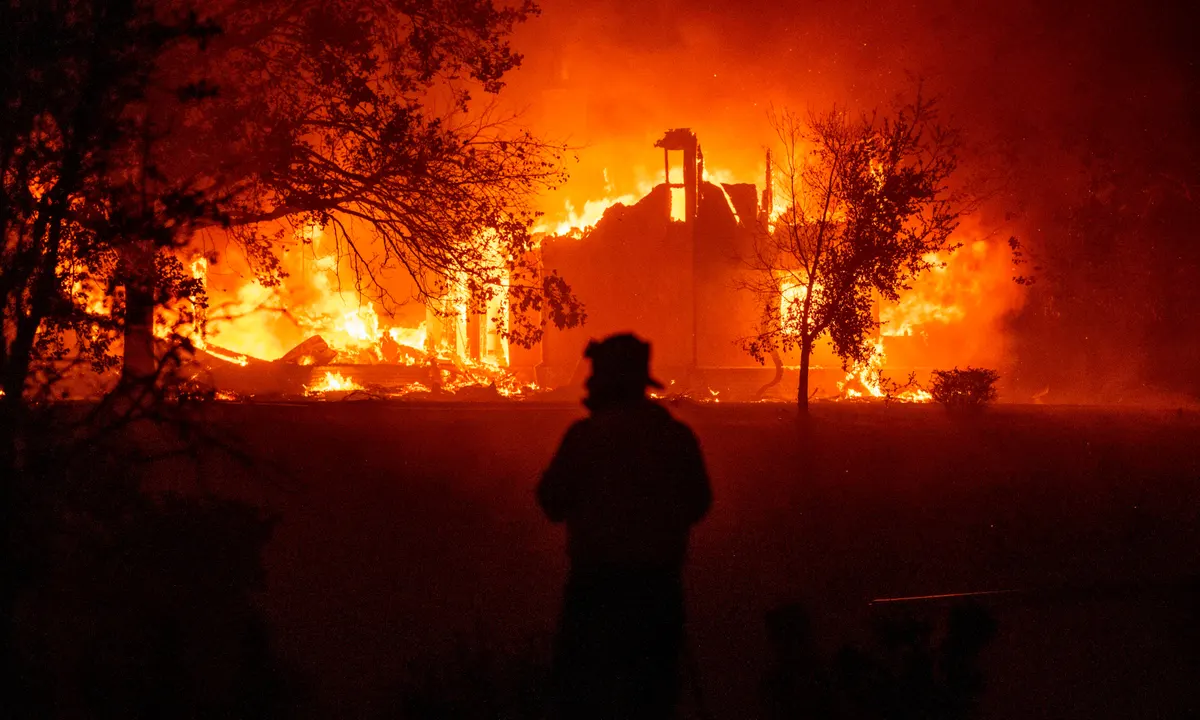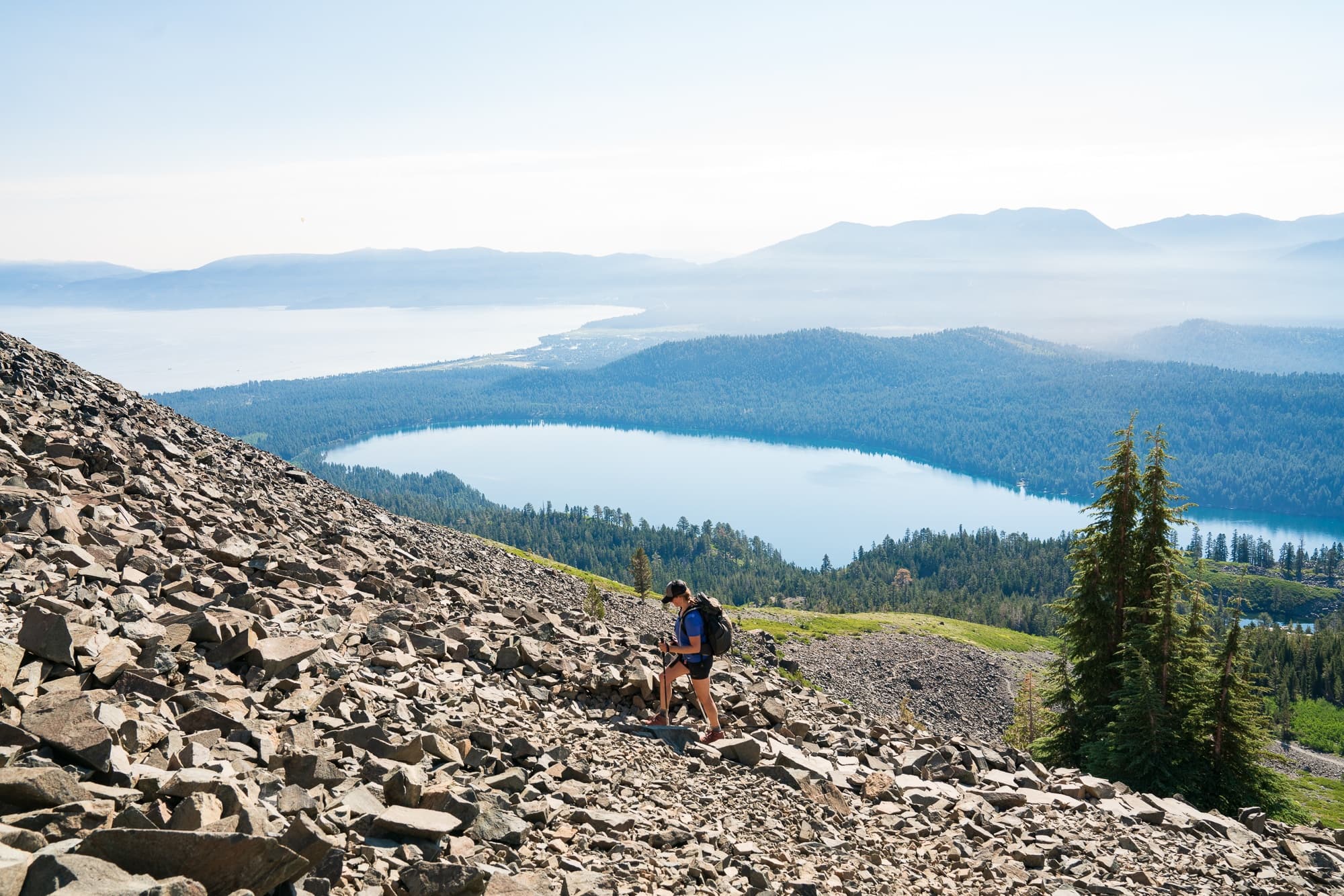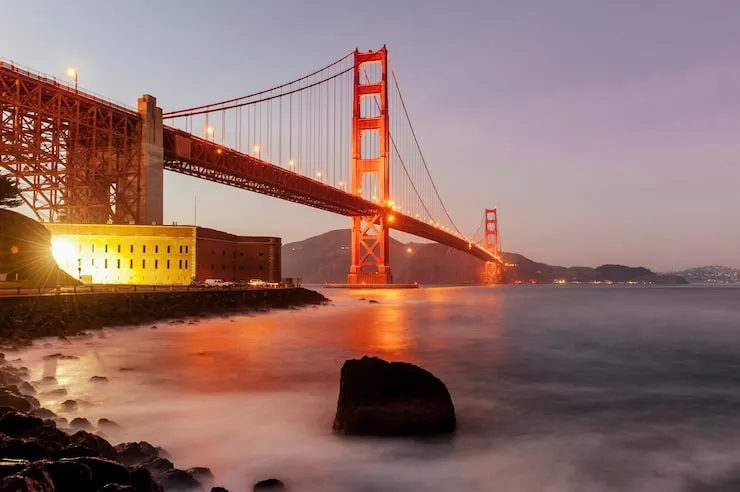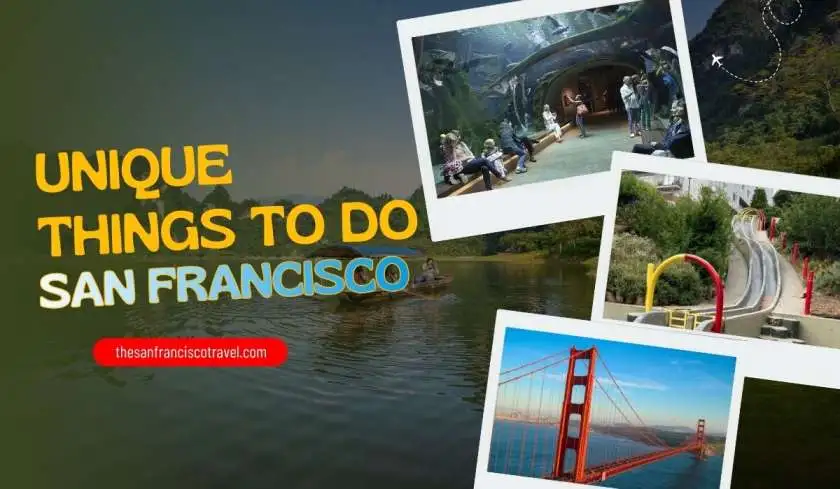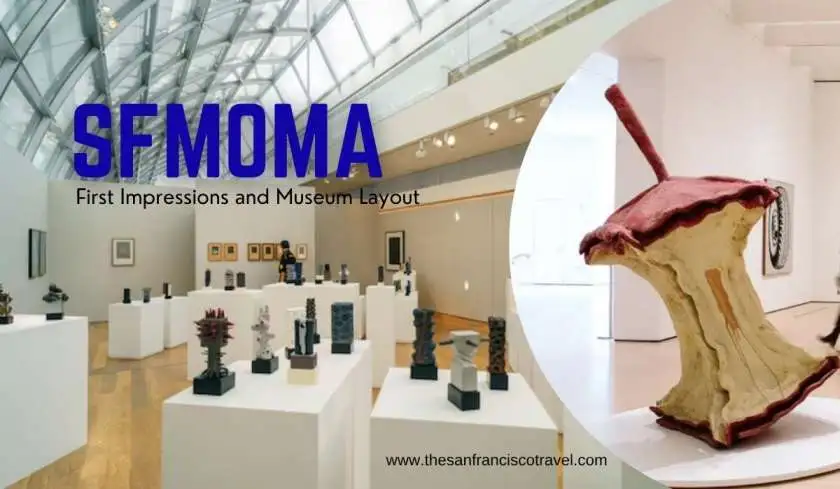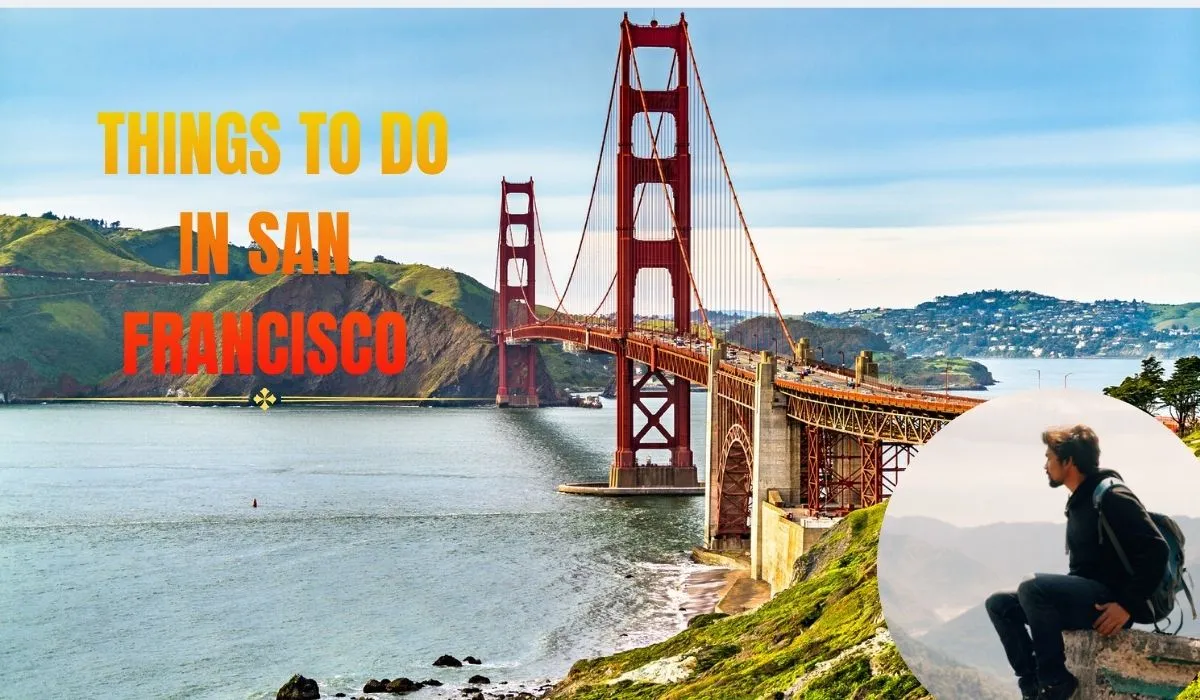Ok… so you got your John Muir Trail permit, planned your resupply points, and got your gear lined up. Congrats! You’re scrutinizingly ready for the weightier backpacking trip of your life. But don’t lace up those boots just yet… you still have a few increasingly logistics to take superintendency of, one of which is your John Muir Trail transportation plan: How will you get to and from the trail at the start and end of your hike?
John Muir Trail transportation is pretty simple if you have two cars and two people to drive. Simply waif one car off at one end, momentum the other up to your permitted trailhead, and without your hike run a shuttle when up to your starting point.
But what if you are going solo, don’t have two cars, or are flying in from somewhere far away? Fortunately, the Eastern Sierra has very good public transportation but you will need to plan superiority a bit to unify shuttles or reserve seats. In this John Muir Trail Transportation Guide, you’ll find all of the information you need to plan your public transportation logistics for your John Muir Trail hike.
This blog post was originally written by BFT Founder, Kristen, who hiked the John Muir Trail Southbound in 2014. It was updated in 2022 by Mary Caperton Morton of The Blonde Coyote who hiked the John Muir Trail Northbound in 2020. It includes the most recently misogynist information.
Which Direction Are You Hiking the John Muir Trail?
The 212-mile John Muir Trail runs from Yosemite to the Whitney Portal trailhead just south of the 14,505 Mt. Whitney. The most popular direction for John Muir Trail hikers is North to South considering you are worldly-wise to retread to the upland increasingly gradually (the passes and peaks get taller as you move south towards Mt. Whitney). Youll need to decide which direction you will be hiking the JMT surpassing you get your permit as permits are prescribed based on your starting trailhead.
>> Read Next: How To Wield for a Southbound JMT Permit
The JMT transportation logistics are somewhat easier in Yosemite, as public transit and parking are readily available, and you moreover have the opportunity to explore the park surpassing and without the hike if you have uneaten time.
On the other hand, southbound John Muir Trail permits are rhadamanthine harder to come by, so many people are opting for a northbound John Muir hike valedictory from Horseshoe Meadow, just south of Whitney. Horseshoe Meadow is not wieldy by public transportation, but there are several shuttle options from Lone Pine which well talk well-nigh below.
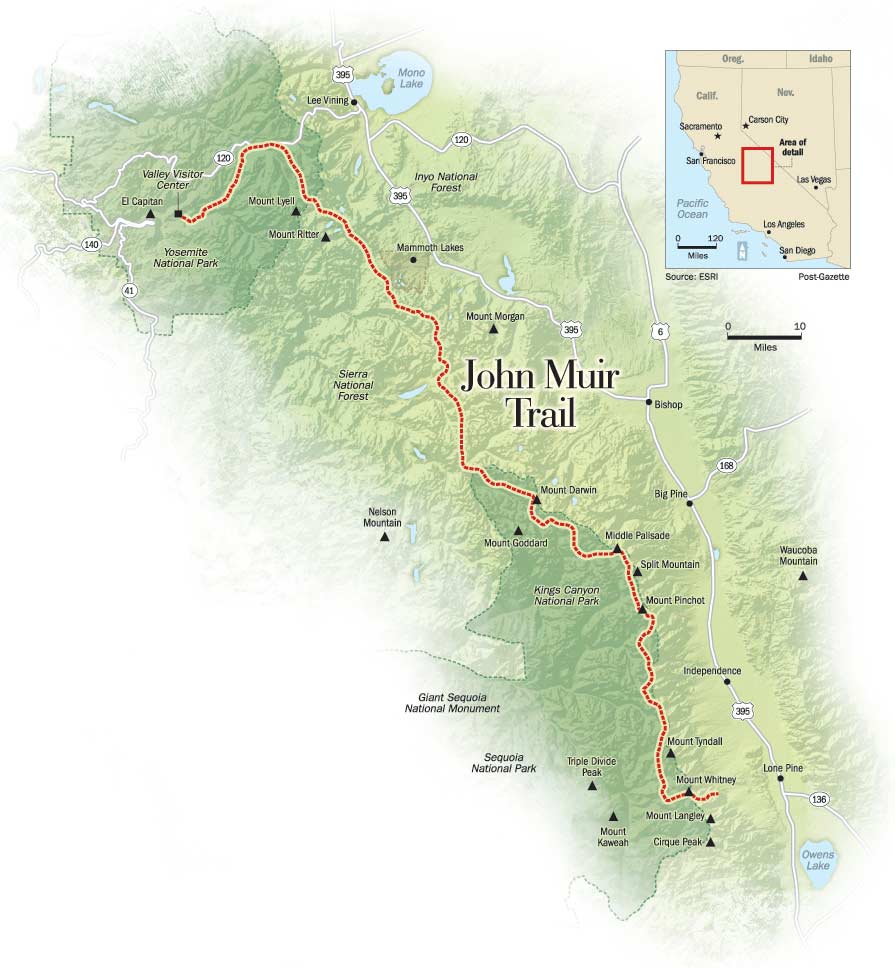
Closest Airports to the John Muir Trail
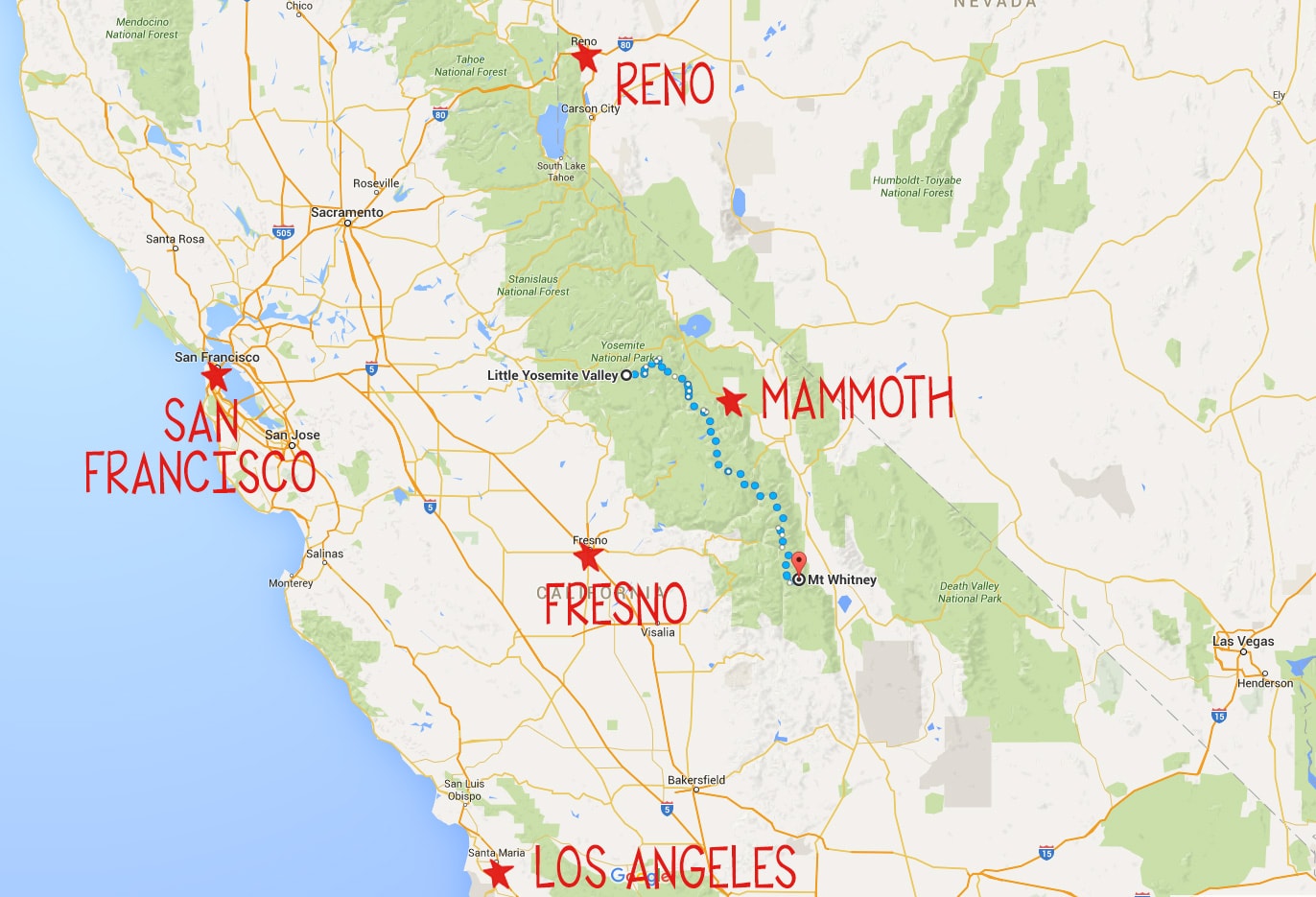
Mammoth
If you don’t live out West and you plan on flying into California to start your hike, the easiest airport to fly into is Mammoth airport. Conveniently situated on the eastern side of the Sierras between Yosemite and Mt. Whitney on Highway 395, there is frequent public transportation that you can use to get to and from the JMT. Whats more, Alaska Airlines and United serve this airport, so you can pretty much get to Mammoth no matter where you are coming from. The only downside to Mammoth is that fares can be a bit increasingly expensive than larger airports, but youll make up for it in convenience.
Reno
The second weightier option is the Reno airport. However, getting to Yosemite from Reno requires a transfer in Mammoth, and Reno is several hours remoter from the endpoint at Mt. Whitney (assuming you are hiking north to south) than Mammoth.
San Francisco, Oakland, or Los Angeles
Major airports on the west side of the Sierras – like San Francisco, Oakland, or Los Angeles – may have cheaper flights, but they are substantially increasingly difficult to get when to since you will finish your hike on the east side of the Sierras, requiring a very long momentum virtually to the other side.
Amtrak connects to YARTS (more on YARTS below) in Merced if you want to squint at train/bus options. I’m not going to detail these routes since they require multiple transfers between trains and buses. If you want to fly into one of these airports, Rome2Rio is a helpful public transportation planning tool that you can use to icon out the weightier route from SFO, OAK, or LAX.
Regional Airports
Other regional airports like Fresno-Yosemite or Merced dont offer the same user-friendly transit options and moreover arent any cheaper.
All airports (Mammoth, Fresno, and Merced included) have car rentals misogynist if you want to rent a car… but leaving a rental car at a trailhead for 2-3 weeks doesn’t seem that economical.
>> Read Next: How to Resupply on the JMT
Shuttle & Public Transportation Options for Getting to and from the John Muir Trail
From Mammoth Airport:
If you are going to fly round trip to the Mammoth Yosemite Airport, then public transit is a great, easy, and unseemly way to get to the JMT and when to the airport at the end. Just take a taxi into Mammoth Lakes, where you can pick up the Yosemite Area Regional Transit (YARTS) HWY 120/395 bus from Mammoth to Yosemite Valley (the line shown in GREEN on the map below). The bus runs daily from mid-June to mid-October (as long as Tioga Road is open) and you can get dropped off either in Tuolumne Meadows or Yosemite Valley, depending on which trailhead you have a permit for. If you go all the way to Yosemite Valley, the bus ride takes well-nigh 4 hours. Advance tickets are highly encouraged.
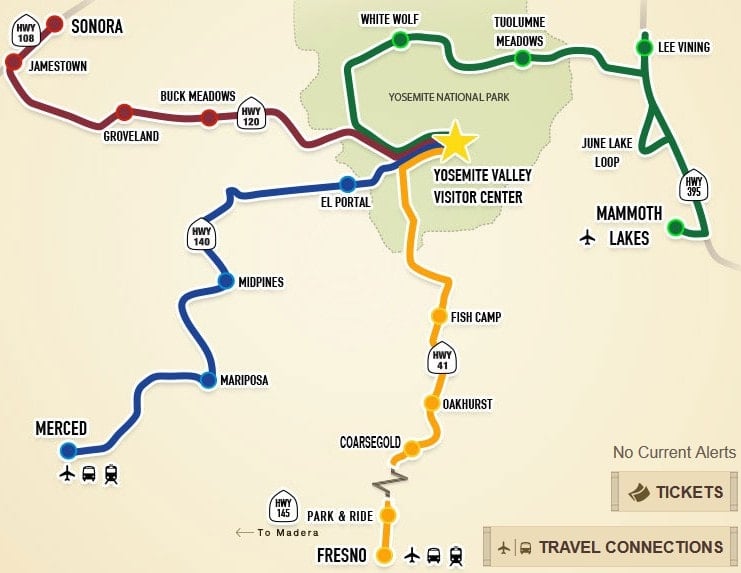
Getting when to the Mammoth Airport: At the south end of the John Muir Trail, you exit at the Whitney Portal trailhead. There is no public transportation that goes directly to the trailhead, so you’ll need to hitchhike out to the nearest town of Lone Pine. Its well-nigh a 20-minute ride, and with all the people hiking to the Whitney summit every day, hitching a ride is worldwide practice and you shouldn’t have to wait that long. That said….always trust your gut and don’t get in the car with anyone you don’t finger well-appointed with.
If you don’t want to hitchhike or you have a large group, there are a few private shuttle options that offer rides to/from Horseshoe Meadow or Whitney Portal to Lone Pine:
- East Side Sierra Shuttle offers rides from the Whitney Portal or Horseshoe Meadow to Lone Pine.
- The Lone Pine Chamber of Commerce
- Kurt Power: contact Lonepinekurt@aol.com (preferred) or undeniability 661-972-9476. Kurt has limited availability but can moreover help connect you to other private shuttle drivers in the area
- Climber.org offers a list of Sierra shuttle options, some of which will wield to JMT hikers
Once youre in Lone Pine, you can take a 2-hour Eastern Sierra Transit bus when to Mammoth. There are two variegated lines that will get you there:
- The Lone Pine-Reno line leaves Lone Pine at 6:10 am and runs Monday to Friday
- The Lancaster Route leaves at 5 pm and runs Monday to Friday
- Unfortunately, there is no weekend bus service, so plan accordingly
- Reservations are moreover recommended. Undeniability 800.922.1930 to reserve your seat
- Double-check these days/times on their website, as schedules do change
If you want to skip the bus, East Side Sierra Shuttle will pick you up at the Mammoth Airport, waif you off in Yosemite, and then pick you up at Whitney Portal and take you when to the airport. This is an superstitious (but expensive) way to take the hassle out of the travel, expressly if you have a worthier group.
>> Read Next: JMT Gear List

From Reno Airport:
Getting to the John Muir Trail: If you are starting in Yosemite, you’ll need to take a 4-hour Eastern Sierra Transit bus from Reno and get off in Lee Vining or Mammoth. Mammoth is the last “major” town to get last-minute supplies such as gear and backpacking food, so if you think you need to pick anything up, plan on stopping in Mammoth.
Then once you are in Lee Vining or Mammoth, transfer to the Yosemite Area Regional Transit (YARTS) HWY 120/395 bus. As mentioned above, the YARTS bus runs daily mid-June to mid-October (as long as Tioga Road is open) and you can get dropped off either in Tuolumne Meadows or Yosemite Valley, depending on which trailhead you have a permit for. If you go all the way to Yosemite Valley, the bus ride takes 4 hours. Advance tickets are highly encouraged.
Getting when to the Reno Airport: Once you are in Lone Pine, you can take a 6-hour Eastern Sierra Transit bus all the way to Reno.
- The Lone Pine-Reno line leaves Lone Pine at 6:10 am, Monday to Friday.
- Unfortunately, there is no weekend bus service, so plan accordingly.
- Reservations are moreover recommended. Undeniability 800.922.1930 to reserve your seat.
- Double-check these times on their website, as schedules do change
Parking Options for the John Muir Trail
Another option if you have only one car is to park it at one end and then take public transportation to the other end. But where do you leave your car? Fortunately, there is long-term parking misogynist near both the north and south terminus of the JMT.
Yosemite National Park
There is free long-term parking misogynist in the Curry Village backpacker’s lot near the Happy Isles trailhead and at Tuolumne Meadows in the Wilderness Permit lot. Make sure to trammels in first surpassing parking and if you have any questions well-nigh parking, just ask the ranger. Also, make sure you don’t leave any supplies in your car, and instead place any scented items in the parking lot withstand lockers.
Whitney Portal
JMT hikers will find limited self-ruling parking at the Whitney Portal trailhead, although the lot does fill up and you may need to wait for a spot. Never leave supplies or scented items in a car anywhere in the Sierra! Black bears are notorious for breaking into cars. Use the provided withstand boxes and be sure to stage any supplies that you leave or it will be thrown out. For increasingly information on current road conditions up to the Whitney Portal, visit the Inyo National Forest website.
Horseshoe Meadow
There is moreover free long-term parking misogynist at Horseshoe Meadow if you segregate to uncork or end your hike at the next trailhead south of Whitney Portal. Some hikers elect to start their trek here, as its easier to get permits from Horseshoe Meadow than Yosemite or Whitney Portal. Heed the warnings well-nigh leaving supplies in your car. Withstand boxes are provided.
Lone Pine
If trailhead parking options are full or if youd rather leave your car in town to stave withstand break-ins, the small but hiker-friendly town of Lone Pine has several paid options for long-term parking. Both the Chamber of Commerce and the Dow Villa Motel offer parking for a small fee.
Related Blog Posts:
- Complete John Muir Trail Planning Guide
- How to Wield for a Southbound JMT Permit
- 3 Week John Muir Trail Itinerary
- JMT Maps, Apps, Books, & Resources
- John Muir Trail Gear List
- How to Resupply on the JMT
>> See our unshortened John Muir Trail archive
What questions do you have well-nigh John Muir Trail transportation? And if you’ve hiked the JMT, leave any tips in the comments below!
The post John Muir Trail Transportation Guide & Planning Tips appeared first on Bearfoot Theory.

